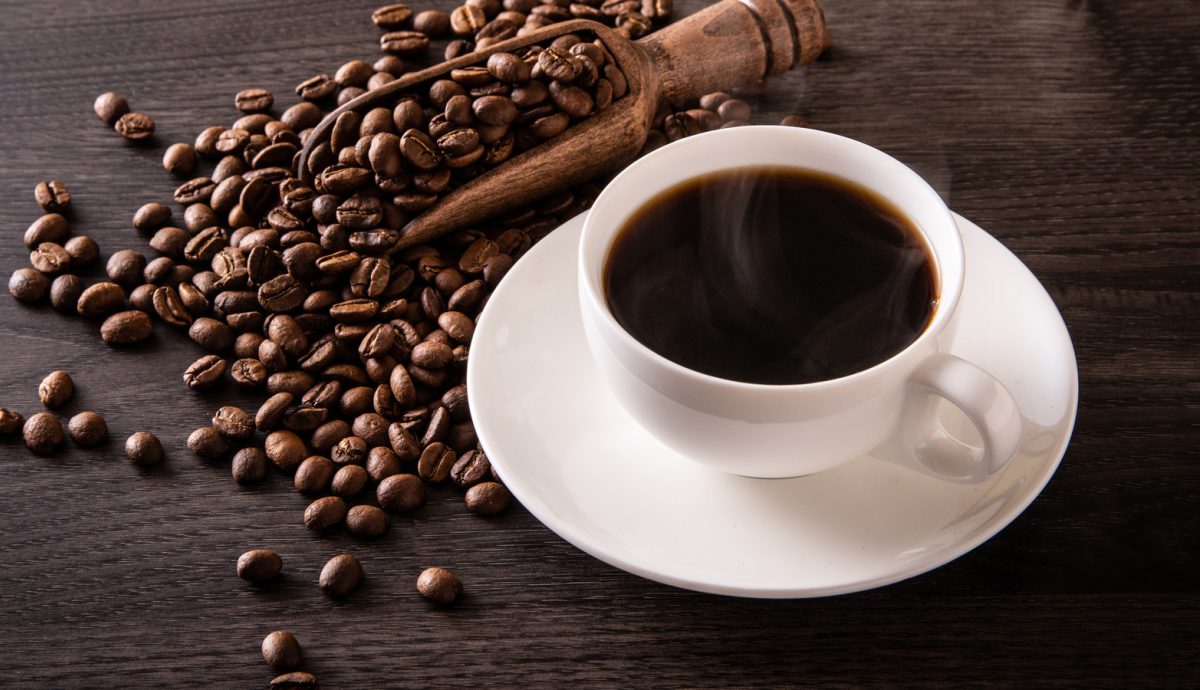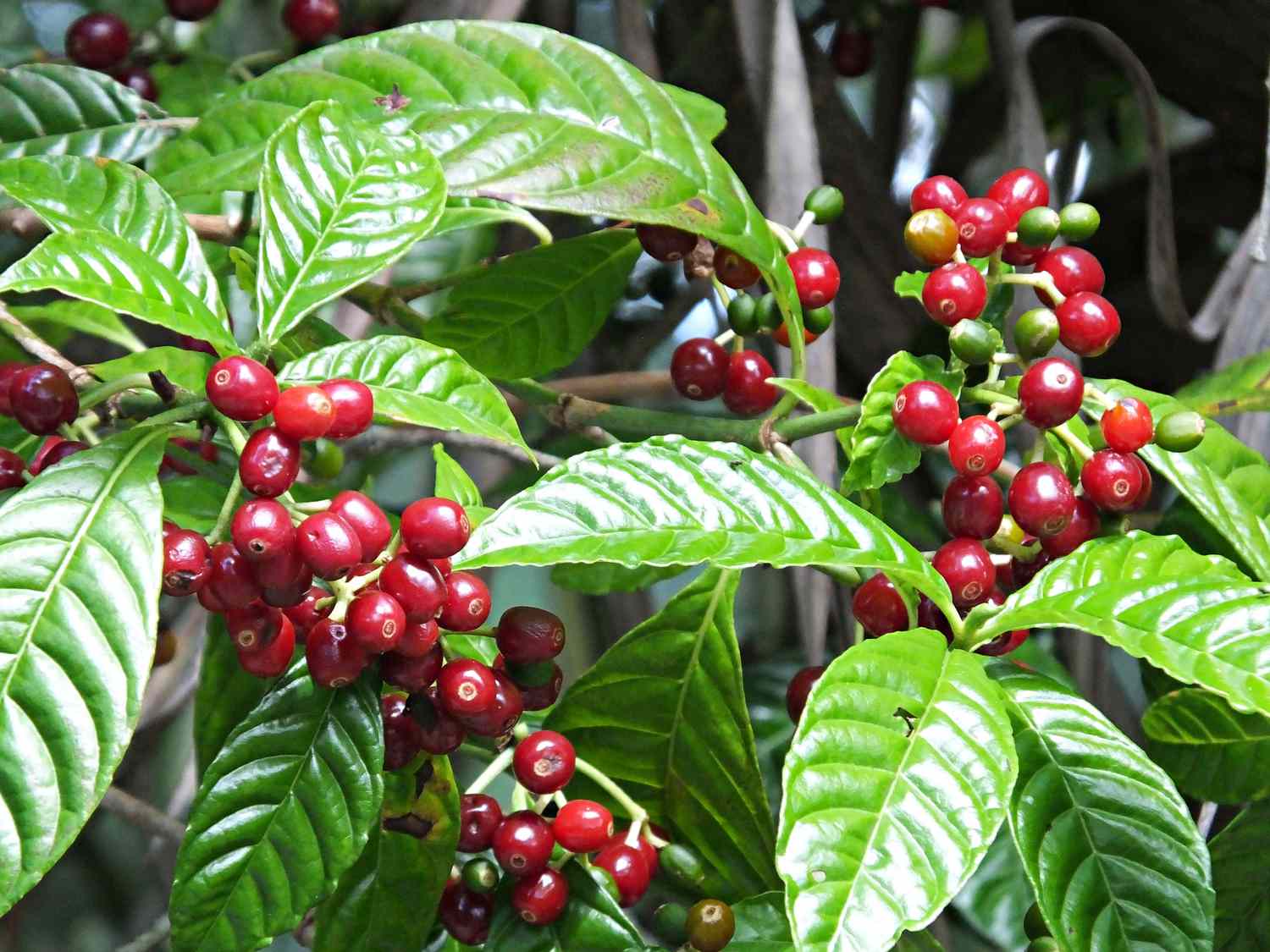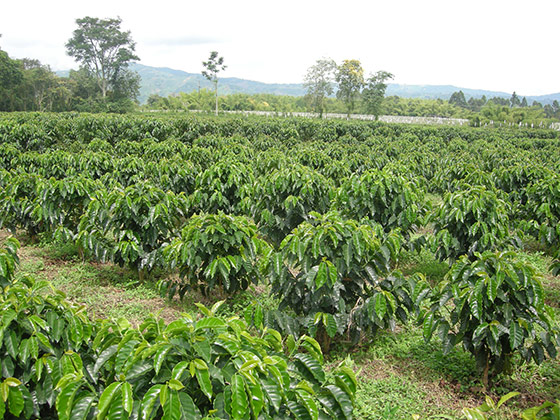National Coffee Day
Happy National Coffee Day! Did you know that three in every four Americans drink coffee every day? That means for most of us it is one of the first things we do in the morning, pouring a cup of coffee. The real debate between coffee drinkers is whether they prefer a hot or iced cup.

Happy National Coffee Day! Did you know that three in every four Americans drink coffee every day? That means for most of us it is one of the first things we do in the morning, pouring a cup of coffee. The real debate between coffee drinkers is whether they prefer a hot or iced cup.
In the United States, there are about 24,000 coffee shops spread across all 50 states, and they sell an average of 230 cups of coffee per day. Sometimes, you may ask yourself why coffee is a strong component of American culture. Most researchers link the strong relevance within our culture to the “on-the-go,” fast-paced, work-focused culture.

Most coffee beans that are used in the United States are imported from South America, specifically Brazil and Columbia. Other countries that are considered a part of the ‘bean belt’ are Vietnam, Indonesia, and Ethiopia. Brazil produces an average of around 43 million bags of coffee per year. There are a few states and a territory that can grow coffee beans – California, Hawaii, and Puerto Rico. The reason these places can grow beans is because they have cool to warm tropical climates, richer soil, and fewer pests or diseases.
Coffee beans grow on a bush-like plant that can get pretty tall. Most coffee farmers will trim their plants to be about five feet tall to help with plant management. On the bushes tons of cherry-like seedlings grow, and within the cherries you’ll find two coffee beans. The growing process is a long one—it takes about a year for a coffee plant to begin to produce white flowers, four years to bear the cherry-like fruit, and around ten years to produce coffee beans on a commercial scale. A coffee plant generally lives between 30 to 40 years but could live longer if it is well-maintained and taken care of.

Some people worldwide prefer decaf coffee, but did you know there is no such thing as a decaf coffee bean? All coffee beans naturally contain caffeine. Beans will go through a decaffeination process before being roasted. The decaffeination process includes swelling the beans in water or steam, and then extracting the caffeine with water, organic solvent or activated carbon. After this, the beans are dried, returned to their normal moisture level, and ready to be roasted.
While you are enjoying your cup(s) of coffee today, remember to be thankful for the extensive process it took to get those coffee beans from the bush to your belly!
Fun Facts:
- Coffee beans are technically seeds!
- There are 120 varieties of coffee plants around the world!
- Arabica coffee beans are one of the most popular types and are believed to be the first ever coffee species ever grown. These beans date back to 1,000 BC.
- Coffee beans were first discovered in Ethiopia!









